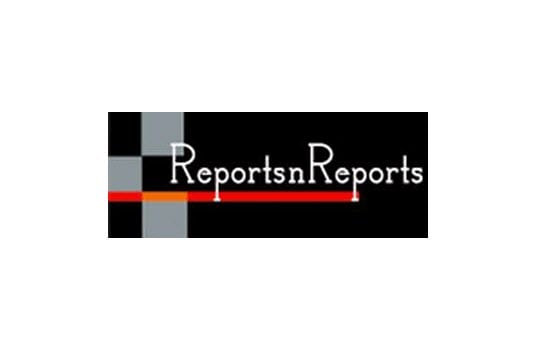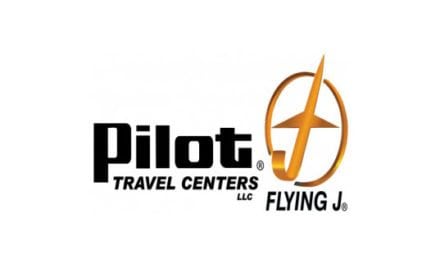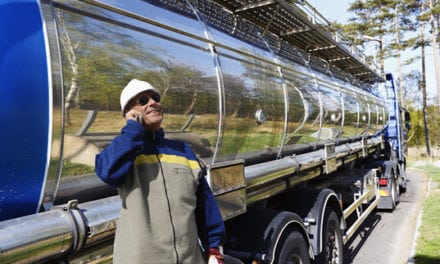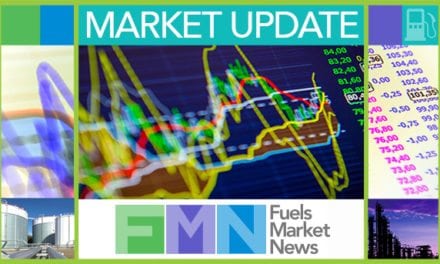The diesel exhaust fluid (DEF) market is forecast to reach $21.57 billion by 2022 from $10.64 billion in 2016 at a compound annual growth rate (CAGR) of 13.06% during driven by the increasing penetration of selective catalytic reduction (SCR) technology in exhaust system owing to stringent emission regulations and frequent re-filling of DEF.
The Asia-Oceania region constitutes the largest DEF market for original equipment (OE) market. The Asia-Oceania region leads the diesel exhaust OE market owing to increasing vehicle production in countries such as China and India. The vehicle production in these countries is projected to grow at a CAGR of 4% – 5% over the period of next five years. The SCR penetration for vehicles in these countries is also expected to rise after the introduction of stringent emissions standards such as BS 4 and China 5 in 2017. This will lead to increased demand for DEF in this region during the forecast period.
The passenger car is the fastest growing vehicle segment in the DEF aftermarket. The passenger car segment has historically been emitting higher nitrogen oxide (NOx) emissions as compared to other vehicle segments such as light commercial vehicles (LCV) and heavy commercial vehicles (HCV). However, with stringent emission standards such as Euro 6, the NOx emissions for passenger cars have been reduced to a very low level. To reduce the NOx emissions, exhaust after treatment has become a mandate in various countries. On the other hand, around 90% – 95% of HCVs are already equipped with SCR. Hence, the passenger car segment offers a huge opportunity for the DEF aftermarket.
The DEF market is dominated by a few global players. Some of the key manufacturers operating in the market are Yara International (Norway), China Petrochemical Corporation (China), CF International Holdings, Inc. (U.S.), Total S.A. (France) and BASF SE (UK). There are certain key innovators gaining attention in the DEF market, including Nissan Chemical Industries, Ltd. (Japan) and Shaw Development LLC (U.S.).
The construction equipment constitutes the largest off-highway DEF OE market globally. Construction equipment works in harsh conditions and must be capable of handling heavy loads. Thus, the power requirement of these vehicles is higher than that of on-road vehicles and other off-road vehicles such as agricultural tractors. Further, Tier-IV regulations have been implemented across various countries for off-highway equipment, which mandate manufacturers to reduce particulate matter and nitrogen oxide levels by 50% – 90%. Hence, the increasingly stringent emission norms for construction equipment are driving the off-highway DEF market.
The rising stringency of vehicular emissions in North America, Europe and Asia is responsible for the increase in diesel vehicles with SCR, and thus is the main driver for increasing DEF consumption. Also, DEF has a huge demand in the aftermarket. A mid-class passenger car needs 0.26 gallons of DEF per 620 miles, and an SUV/MPV requires 0.4 gallons of DEF per 620 miles. Hence, there is a frequent need for DEF replacement or refill, which drives the aftermarket. However, the market growth is restrained by the increasing sales of battery electric vehicles. As these vehicles run with a pure electric powertrain, the need for an exhaust system is eliminated.
In the process of determining and verifying, the market size for several segments and sub-segments gathered through secondary research, extensive primary interviews were conducted with key people. In Tier 1 (50%), Tier 2 (33%) and others (urea suppliers; 17%), companies were contacted for primary interviews. The interviews were conducted with various key people such as C-level (50%), directors (33%) and others (sales and marketing managers) (17%) from various key organizations operating in the DEF market. The primary interviews were conducted worldwide covering regions such as North America (14%), Europe (29%), Asia Pacific (43%) and RoW (14%).
Additional research titled, “Exhaust Systems Market Global Forecast to 2021,” says, the exhaust system market is projected to grow at a CAGR of 8.45%, to reach a market size of $59.02 billion by 2021. Increase in need for advanced after-treatment devices will give rise to demand for exhaust systems. Passengers cars have the largest growing market in vehicle type segment for exhaust system.









